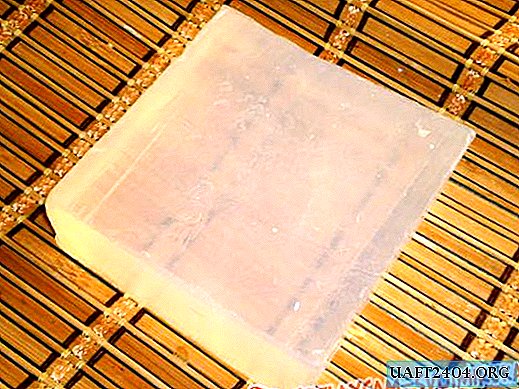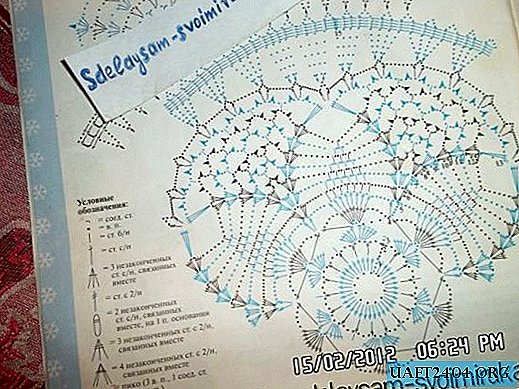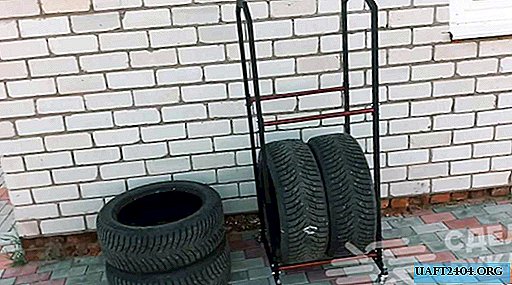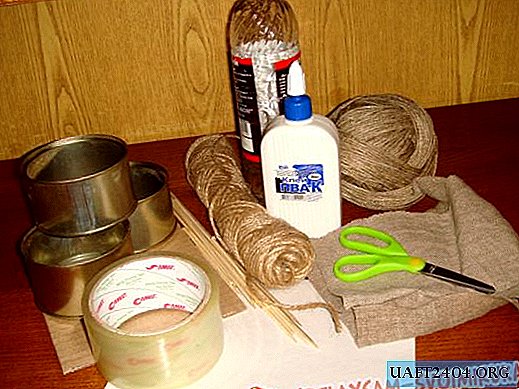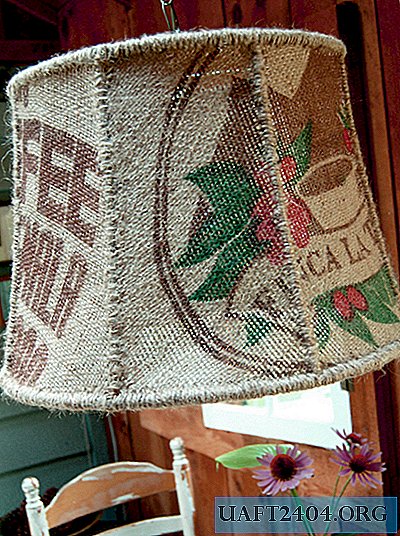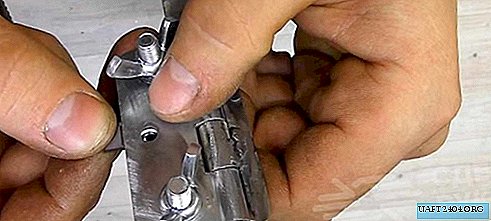Share
Pin
Tweet
Send
Share
Send
Although lever-type faucets are becoming popular, many people use lamb-mounted cranes or handwheels that have threaded taps and rubber round gaskets.
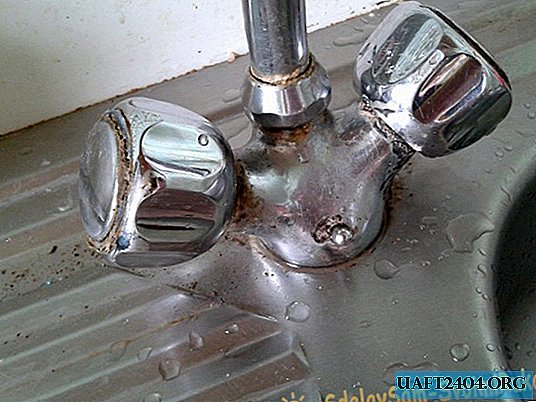
Such mixers are more simple in design than the first ones, which makes it possible to repair and service them to an unprepared person.
It is about such a mixer that will be discussed in this article, namely, how to repair it.
Probably, there is no person who would not be annoyed by the constant dripping of water from the tap, moreover, no matter how he twisted the valve, nothing would change.

In this situation, the replacement of the axlebox or rubber gasket cannot be avoided. And it’s absolutely realistic to do it yourself, although you might think that you can’t do without a specialist.
DIY faucet repair in the kitchen
So, you should start by removing the decorative plug. This will help a small screwdriver with a straight tip.
Insert the tip of the screwdriver between the flywheel housing and the plug.
Pry and remove it.


Under the decorative cover there is a screw for fastening the "lamb" to the rotary stem of the crane axle box.
We unscrew this screw, first with a screwdriver, and when it loosens, you can use it by hand.


Next, remove the plastic part of the flywheel housing and set it aside.

In addition to the screw, the flywheel is supported by longitudinal slots or slots on it and on the head of the axle box mounted on top of each other. This prevents the flywheel from slipping or turning during rotation.

Over time, this compound can oxidize, and the two parts seem to “stick” to each other. Therefore, disconnecting them with your hands is not always possible.
In such cases, one or two screwdrivers that can be used as a puller will help.

To do this, insert a screwdriver between the flywheel and the mixer body.

Next, we are slowly trying to separate them. If we see that one screwdriver does not give the desired result and the edges of the flywheel begin to break, we simultaneously use two screwdrivers, only from different sides.
This will not distort the flywheel in one direction, which will be more effective when removing old joints.
In our case, it cost one screwdriver. The flywheel "broke" and further dismantling can be done with one hand.

Here, the handle is safely removed, now it remains to unscrew the crane box.

This will help the key to 17.

Perhaps the dimensions of the key may vary, depending on the design of the mixer, but usually this is the key used.
We put the key on the casing of the axlebox, and slowly unscrew it counterclockwise.

Usually, there should be no problem removing this part.
Here, in the photo taken detail.


It can be seen that it has a slightly rusty coating. But this is not scary, the part itself is made of brass, so you can simply wipe the rust with a dry rag.
In the next photo, the crane seat. The plane in depth should be as even as possible. The fit of the gasket and, as a consequence, constipation of water depends on this.

After removing the crane axle box, it is advisable to clean this plane with your little finger, because pieces of the old gasket or flakes of rust may remain on it.
After cleaning, you need to turn on the water for a second, so that its pressure washed this dirt out.
Now back to the crane box. If it is completely bad, you can buy a new one, already with a gasket. But it will be cheaper to replace only the gasket.
Moreover, crane boxes manufactured by the USSR may not be found. From more modern ones, they are distinguished by different slots under the flywheel.


You will have to buy a kit, a flywheel with a crane box, and this will be a bit more expensive and both cranes will have to be changed.
Therefore, replacing the gasket will be easier and cheaper.
To remove the gasket, it is necessary to unscrew the screw of its fastening. This will help ordinary pliers.



Separately, finding the gasket proved to be problematic. In exchange, sellers offered a set for different occasions. There were five pads of the right size in this set.

Moreover, the price of the entire set was less than 0.5 US dollars.
Other gaskets can also come in handy over time.
So, we remove one of the gaskets and try to insert it into the seat of the axle box. This may seem like a daunting task, as the gasket initially looks larger than this place. But as soon as she enters, everything will be as it should.


It is also very important to clean the screw hole in it. The fact is that in the gasket this hole is not quite ready. That is, there is a hole, but it is not through. It is slightly flooded with rubber, which will not allow a nut to be fastened through it.
Therefore, before installing the gasket, its inner hole must be milled using small scissors, for example.
Take one of their cutting parts and insert into the gasket hole. Next, in a circular motion to remove excess rubber. But you should be very careful not to make a cut inside the hole. This will destroy the gasket when clamped with a screw.
So, the hole is prepared, the gasket is inserted, now you can clamp it with a screw. You also need to do this with feeling.

We twist the crane box, first hand, and then press the key, clockwise.



Before installing the flywheel, it should be cleaned from oxidation and dirt.

Now comparing the slots between the two parts, we connect them.

There is no need to attach the flywheel with a hammer, the effort of one hand is enough and it easily "sits" in place.
After installing the flywheel, we put on a plastic sleeve.

Next, clamp it with a screw.


And finally, we insert a decorative cap. Before installation, it should also be cleaned.


When everything is ready for testing, turn on the appropriate inlet tap and check the operation of the mixer in the open and closed position.

Since the gasket is new, you should not pinch it too much, a little effort is enough so that water does not drip. You just need to wait a little while it drains.

Repair was successful and for little money. Now the water does not drip, and a bunch of gaskets remained for further repairs.
Share
Pin
Tweet
Send
Share
Send

